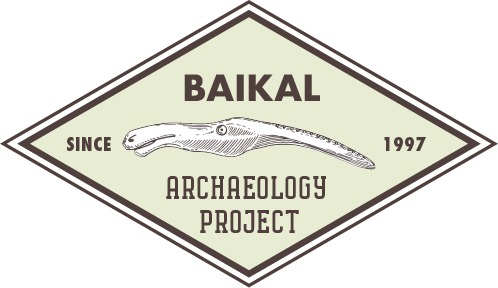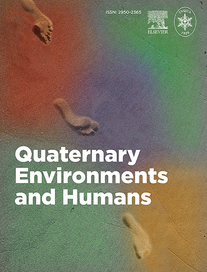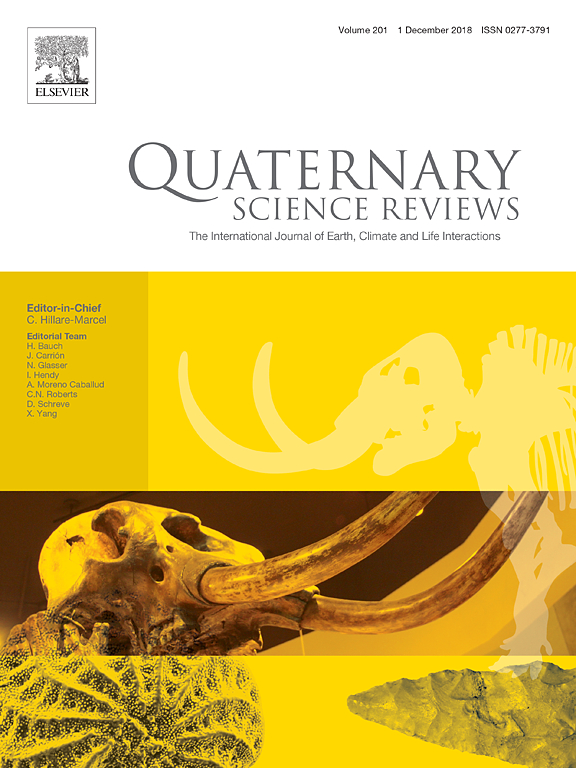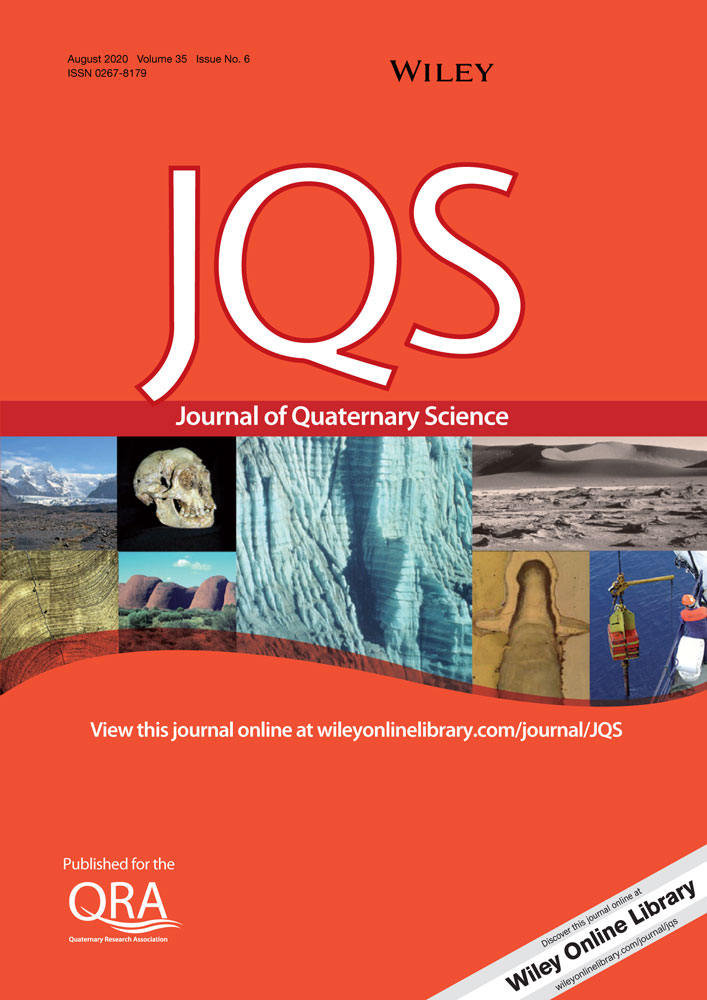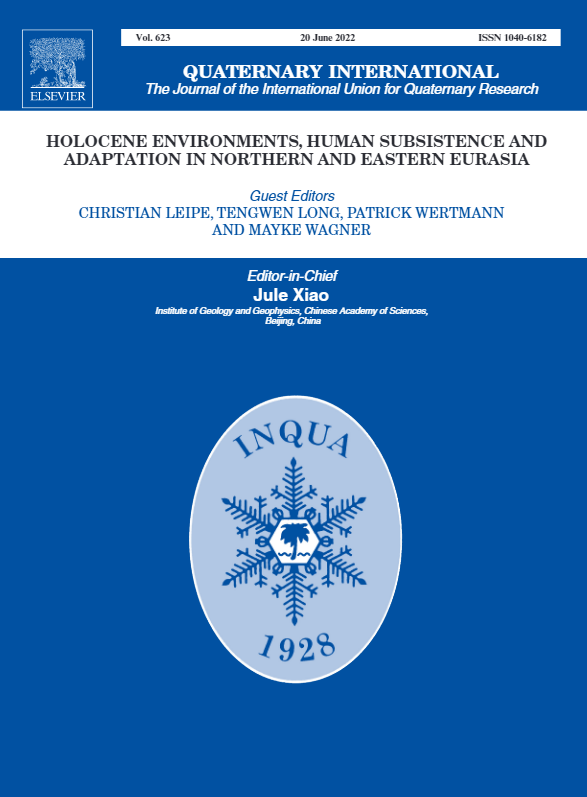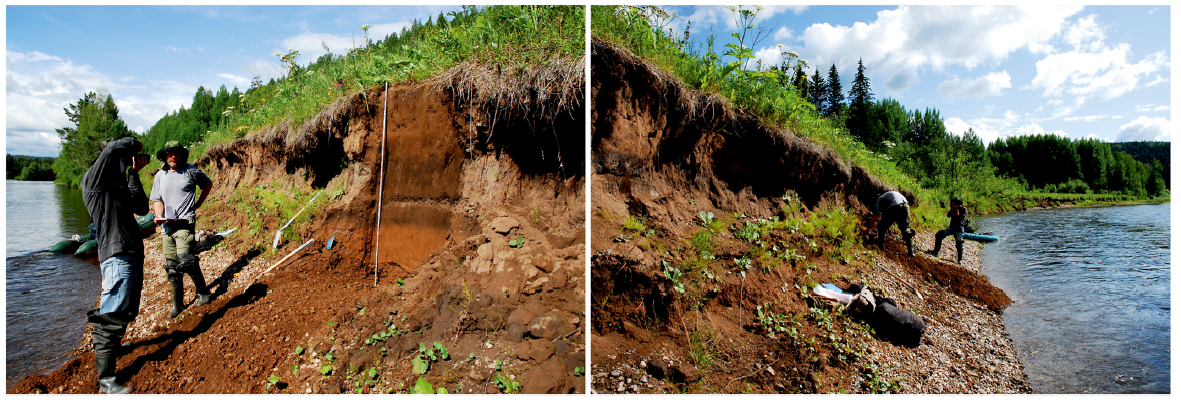Pavel Tarasov, Christian Leipe and Franziska Kobe article published in Quaternary Environments and Humans! Plus MORE!
Great News from Dr. Pavel Tarasov and the Freie Universität Berlin team! Thank you to Pavel for sharing the fantastische news below: The final open access version of our article "Reflections of Late Neolithic–Early Bronze Age environments, land use and pile dwelling activities in a new palynological record from the varved sediments of Lake Mondsee, Austria" is now available online and published in Quaternary Environments and Humans. Pavel Tarasov, Christian Leipe, Franziska Kobe are the co-authors. See buttons [...]

